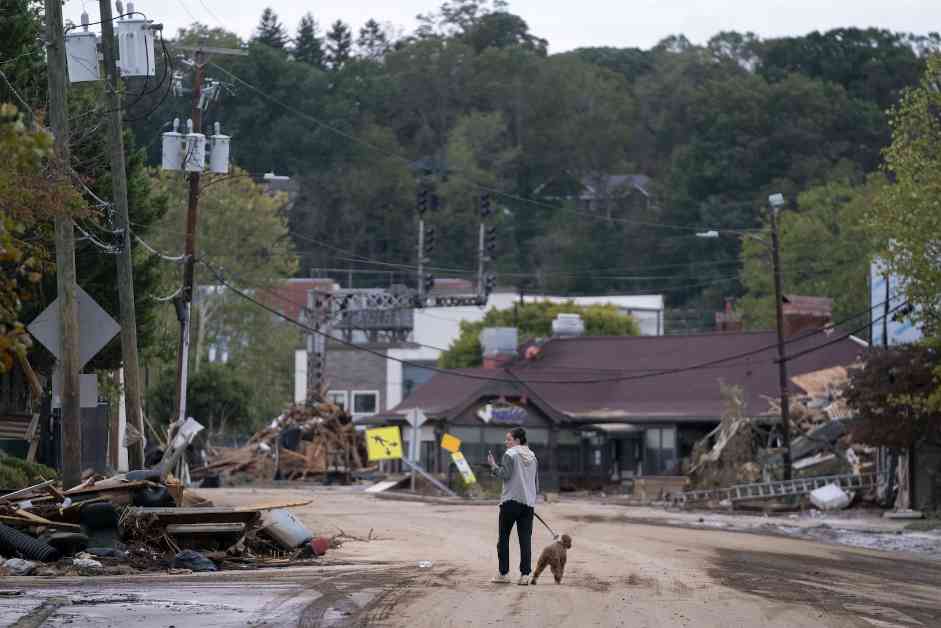The United States was hit by nearly 30 billion-dollar storms last year, leaving a trail of destruction in their wake. The National Oceanic and Atmospheric Administration’s disaster tracking database revealed that these catastrophes are becoming more expensive and more frequent, with a growing number of them surpassing the 10-figure threshold. However, the era of billion-dollar disasters is now coming to an end, as the Trump administration recently announced that it will no longer update the database.
Policymakers, elected officials, and experts in various fields are expressing concerns about the decision to eliminate this vital resource. While some believe the move is politically motivated, many acknowledge the clear economic value of the database, which has helped cities and companies assess risk using reliable, publicly accessible, and unbiased data. The Billion-Dollar Weather and Climate Disasters database was created by NOAA in 1980 to track storms, floods, and other catastrophic events causing at least a billion dollars in damage. Over the years, the database has accumulated 403 entries totaling more than $3 trillion in inflation-adjusted dollars.
Despite the efforts of local and state authorities to gather their own disaster cost data, the information often remains fragmented. Avril Pinder, the Buncombe County manager, noted that while the county’s preliminary estimates put losses from a storm like Hurricane Helene at around $80 million, the bigger picture provided by NOAA is invaluable. As local governments rely on federal projections for resilience measures, the loss of the database could hinder their ability to illustrate the increasing scale of disasters and the need for proactive investments. In Asheville, for example, NOAA data was used to justify a major reconstruction project at North Fork Reservoir, crucial for the county’s water supply, following the aftermath of Hurricane Helene.
The decision to discontinue the database comes at a time when the region is reevaluating its climate risk assessment. Hurricane Helene’s impact on a once-considered climate haven in western North Carolina has shattered the illusion of immunity to climate change. The event has prompted potential homebuyers to seek detailed climate data before making decisions, with a newfound focus on understanding the risks associated with natural disasters. While insurance companies rely on multiple datasets to set rates, NOAA’s information was widely trusted due to its government source and lack of bias. The database provided valuable insights into the economic costs of disasters and their increasing frequency, contributing to a better understanding of the role of climate change in exacerbating these events.
Despite the discontinuation of the database, the occurrence of billion-dollar disasters is expected to continue, especially as the planet warms. The loss of this valuable resource will have far-reaching consequences for various entities that rely on the information to make critical decisions about rebuilding, crop management, insurance, and more. Without access to this data, the nation is left in the dark regarding the economic impacts of climate change-related disasters. It is clear that the decision to end the database updates will have significant implications for disaster preparedness and response efforts moving forward.














